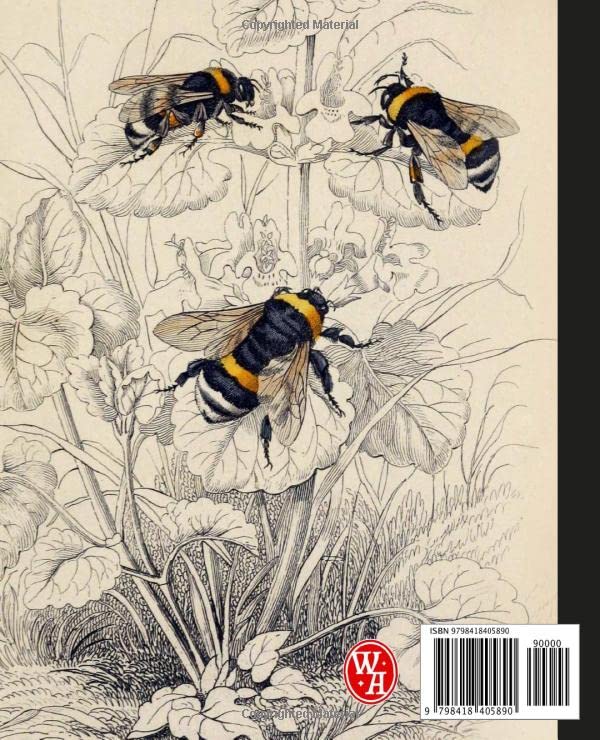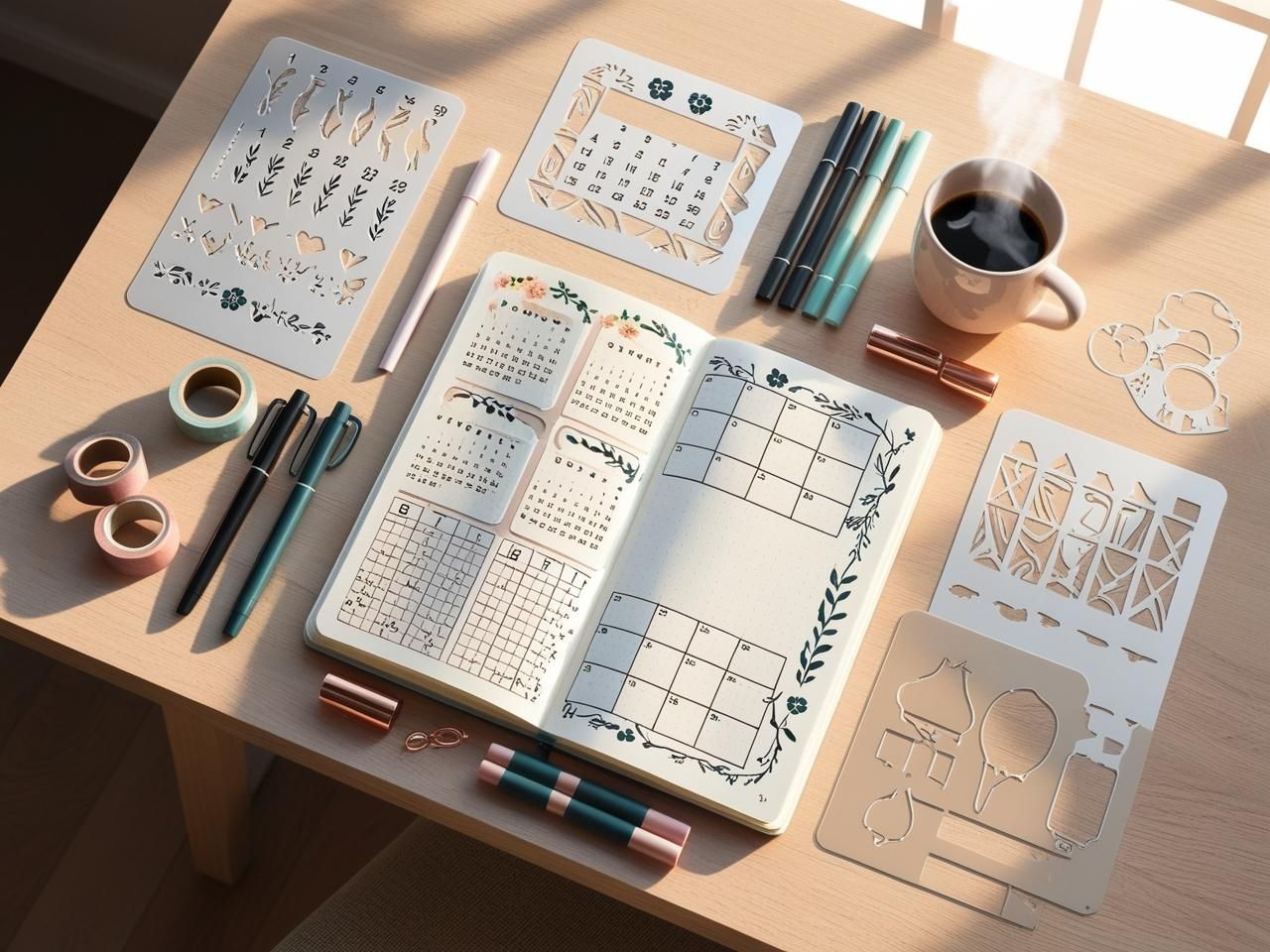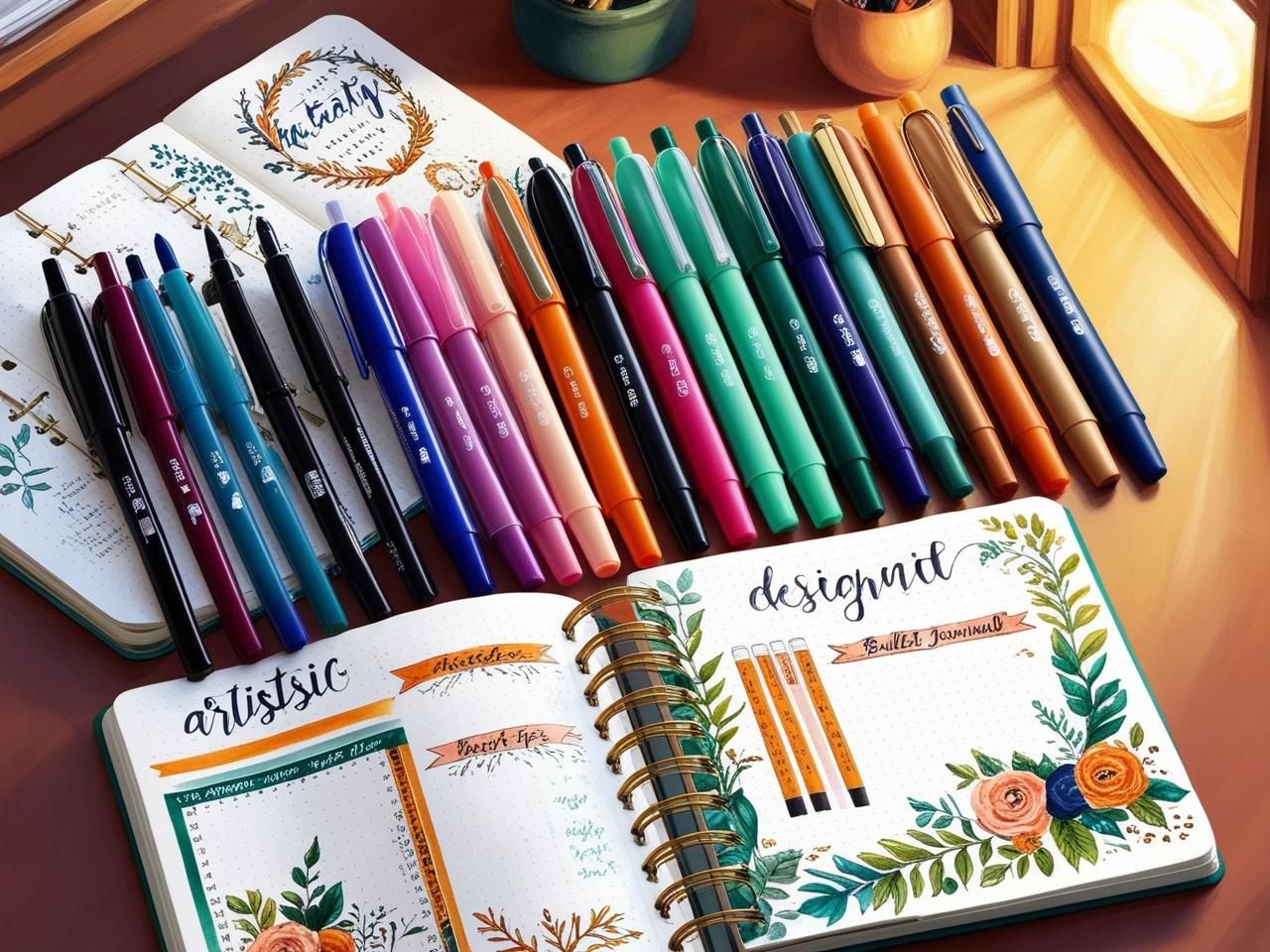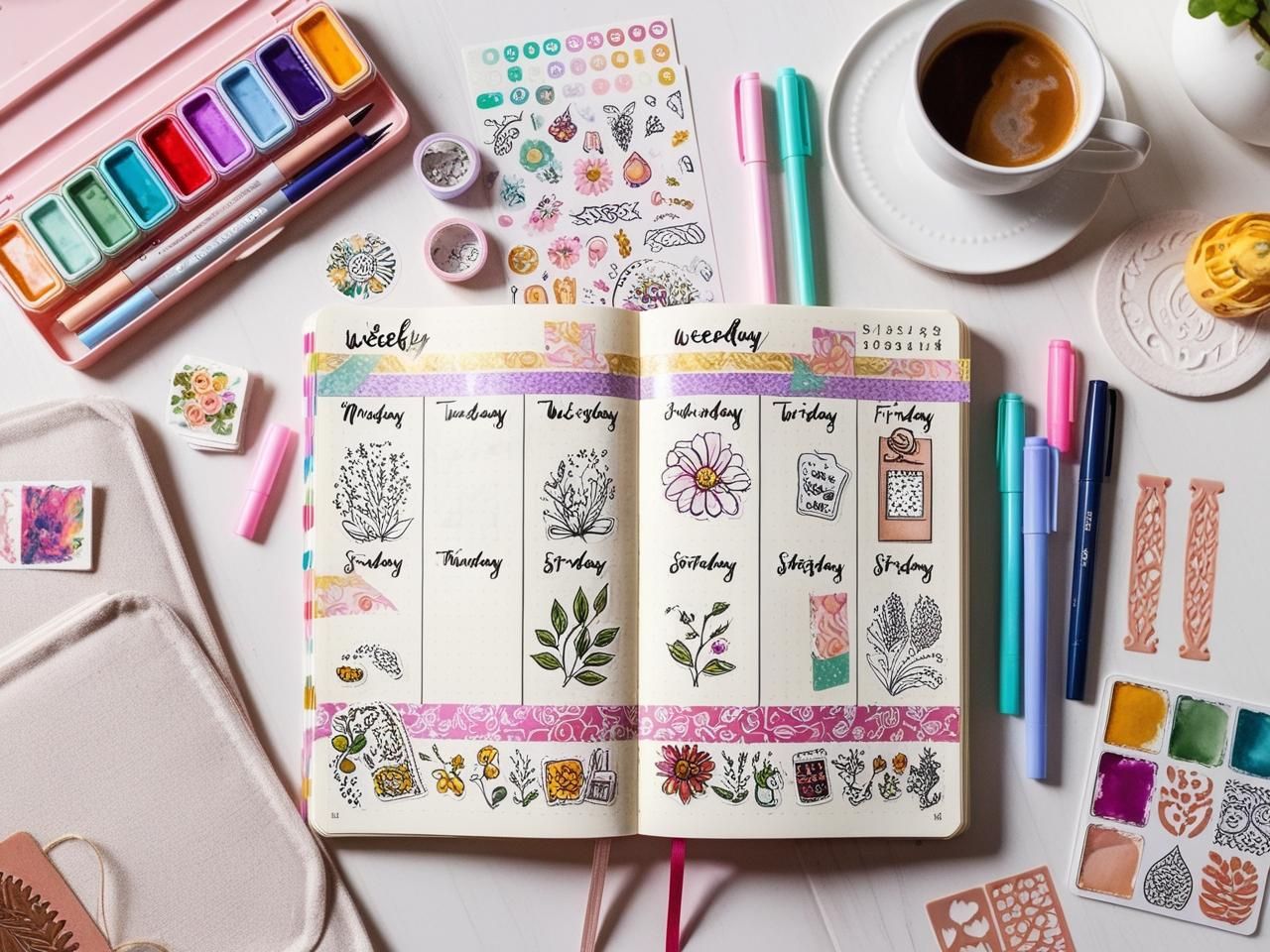- COMPOSITION NOTEBOOK
- Reviews
- Vintage Astronomy vs. Bee Journal: A Timeless Comparison
Vintage Astronomy vs. Bee Journal: A Timeless Comparison
- Category: Reviews

In the world of specialized publications, two distinct yet fascinating journals, the ‘Vintage Astronomy Journal’ and the ‘Vintage Bee Journal,’ offer readers a glimpse into the richly woven tapestry of human curiosity and exploration. While the former delves into the mysteries of the universe, capturing the wonder of celestial phenomena and astronomical discoveries, the latter immerses us in the intricate lives of bees, highlighting their crucial role in ecosystems and the art of beekeeping. This comparative exploration seeks to illuminate how these journals reflect their respective subjects through themes of methodical observation, historical context, and the passion of dedicated enthusiasts.
Astronomy Notes
7.6
The ‘Composition Notebook: Vintage Astronomy Illustration Journal’ features 120 cream-colored, college-ruled pages in a softcover design, ideal for students and journaling enthusiasts. Measuring 7.5 x 9.25 inches, it makes a thoughtful gift for anyone heading back to school.
Study Sessions
9.3
The Composition Notebook features a vintage botanical bee illustration and 110 college-ruled pages, making it ideal for school, college, or work. Its soft matte cover and aesthetic design make it a charming gift for bee enthusiasts or anyone seeking a stylish journaling option.
Vintage Astronomy Journal
Page Count
120 pages
Paper Color
Cream colored paper
Cover Type
Softcover with a Matte Finish
Dimensions
7.5 x 9.25 inches
Target Audience
Teens, kids, tweens, women, students, teachers
Vintage Bee Journal
Page Count
110 pages
Paper Color
White paper
Cover Type
Soft matte cover
Dimensions
7.5 x 9.25 inches
Target Audience
Students, college, university, work, bee lovers
Vintage Astronomy Journal
Pros
- High quality and durable construction
- Aesthetically pleasing vintage design
- Ample space with 120 cream-colored pages
Vintage Bee Journal
Pros
- Unique and attractive design that enhances aesthetic appeal
- High-quality materials including thick binding and waterproof cover
- Convenient features such as a name/title section and college-ruled lines for ample writing space
Vintage Astronomy Journal
Cons
- None mentioned
- None mentioned
Vintage Bee Journal
Cons
- Some users wish for a similar product that is unlined
- The notebook is smaller than A4
Table of Contents
ToggleComparison
| Feature | Vintage Astronomy Illustration Journal | Vintage Botanical Bee Illustration Journal |
|---|---|---|
| Cover Design | Vintage astronomy illustrations | Vintage botanical bee illustrations |
| Page Count | 120 pages | 120 pages |
| Page Type | College ruled (cream colored) | Wide lined (white or cream colored) |
| Aesthetic Appeal | Aesthetic for astrology and science lovers | Aesthetic fueled by nature and insects |
| Target Audience | Astronomy enthusiasts, students | Botany fans, students, and professionals |
| Unique Selling Point (USP) | Captivating vintage astronomy art | Charming vintage botanical art |
| Durability | Standard composition cover | Standard composition cover |
| Size | Standard composition notebook size | Standard composition notebook size |
| Usage Scenarios | Note-taking, journaling, sketching | Note-taking, journaling, office use |
Unique Selling Points (USPs)
Vintage Astronomy Illustration Journal:
- Features a unique vintage astronomy art cover that stands out.
- 120 cream colored college ruled pages provide a sophisticated writing experience.
- Ideal for those interested in astronomy, making note-taking enjoyable and theme-oriented.
Vintage Botanical Bee Illustration Journal:
- Boasts a beautiful vintage botanical bee cover that appeals to nature lovers.
- Wide lines enhance handwriting comfort, suitable for long writing sessions.
- A perfect blend of practicality and aesthetics, great for school and office use.
Similarities
- Both notebooks contain 120 pages, providing ample space for your thoughts.
- Standard composition size makes them convenient to carry.
- Each notebook provides a unique aesthetic experience while being functional.
- Suitable for students and professionals alike for various writing needs.
Pros & Cons
Vintage Astronomy Illustration Journal:
- Pros:
- Unique and captivating design for astronomy enthusiasts.
- Cream colored pages may reduce glare when writing.
- Cons:
- Narrower lines might not suit those who prefer larger writing spaces.
Vintage Botanical Bee Illustration Journal:
- Pros:
- Wide ruled pages allow for more extensive and clearer writing.
- Botanical theme adds a touch of whimsy to your notes.
- Cons:
- May not attract those who prefer a science or astronomy aesthetic.
Use Cases
- The Vintage Astronomy Illustration Journal is perfect for:
- Students studying astronomy or science.
- Journaling thoughts on celestial events or dreams.
- Sketching illustrations related to astronomy.
- The Vintage Botanical Bee Illustration Journal is perfect for:
- Students in botany or environmental sciences.
- Professionals needing a stylish notebook for meetings.
- Creative writing and journaling with a nature theme.
Conclusive Assessment
Both notebooks excel in their respective themes, making it difficult to declare an outright winner. However, if you are drawn to the wonders of the universe, the Vintage Astronomy Illustration Journal could be your best choice. On the other hand, if nature and aesthetics are more your speed, the Vintage Botanical Bee Illustration Journal is the better option.
Final Summary
In summary, the choice between the Vintage Astronomy Illustration Journal and the Vintage Botanical Bee Illustration Journal ultimately depends on personal preference. If you are passionate about astronomy or science, the first notebook enhances your study experience with its beautifully themed cover. Conversely, if you appreciate nature and desire a notebook for practical everyday use, the botanical bee illustration is the perfect choice. Both are high-quality products that are designed to elevate your writing experience, tailored to meet the preferences of different audiences.
Guidelines for Comparing Vintage Composition Notebooks
When diving into the world of vintage composition notebooks, it’s essential to approach your comparison with a clear set of guidelines. This ensures you make an informed decision based on your preferences and needs. In this guide, we’ll focus on key factors to consider when comparing different styles, such as the ‘Vintage Astronomy Journal’ and the ‘Vintage Bee Journal’.
1. Design and Aesthetics
Key Considerations:
- Cover Art: Examine the illustrations or motifs featured on the notebook cover. Vintage designs often vary in style, from botanical prints to cosmic themes.
- Color Scheme: Identify the colors used. Do they appeal to your personal style? A vintage notebook should resonate aesthetically.
- Material Quality: Look for materials used in the cover and pages. Leatherette covers often provide a classic feel, while textured paper can enhance the vintage vibe.
Benefits:
- Visually pleasing designs can inspire creativity.
- A cohesive aesthetic in your notebook collection can be a conversation starter.
2. Size and Portability
Key Considerations:
- Dimensions: Compare the sizes. Common sizes include A5, A6, and larger formats.
- Weight: Consider the weight for ease of transport. Heavier notebooks may be less convenient for daily carry.
- Binding Type: Look at whether the notebook is spiral-bound or has a more traditional stitched binding.
Benefits:
- A portable size ensures you can carry the notebook easily for journaling on-the-go.
- Lightweight options are practical for students or travelers.
3. Paper Quality and Page Layout
Key Considerations:
- Paper Weight: Check the thickness of the paper (measured in GSM). Heavier paper reduces bleed-through from pens or markers.
- Page Layout: Consider whether you prefer lined, blank, or grid pages. Some may also have themed prompts related to the notebook (e.g., astronomy charts).
Benefits:
- High-quality paper enhances writing experience, reducing ink bleed.
- Specific layouts can cater to different journaling styles, whether for writing, drawing, or note-taking.
4. Functionality and Features
Key Considerations:
- Page Count: Compare the number of pages available in each notebook to determine longevity.
- Additional Features: Look for extras such as bookmarks, pockets for loose sheets, or elastic bands to keep the notebook closed.
- Personalization Options: Consider whether the notebook offers spaces for custom entries like dates or headings.
Benefits:
- More pages provide value and allow extended use without needing frequent replacements.
- Extras enhance organizational abilities and the overall writing experience.
5. Price Point
Key Considerations:
- Cost Comparison: Evaluate the price of each notebook relative to its features and quality. Consider what fits your budget while satisfying your preferences.
- Brand Reputation: Research the brand behind the notebooks; some brands may offer higher quality due to their manufacturing processes and materials.
Benefits:
- Understanding price versus value helps ensure you make the most of your budget.
- A reputable brand often equates to better customer service and product reliability.
6. User Reviews and Recommendations
Key Considerations:
- Customer Feedback: Check online reviews and ratings. User experiences can provide insights into quality and usability that specifications cannot.
- Community Recommendations: Join forums or social media groups focused on vintage stationery for peer opinions and suggestions.
Benefits:
- Learning from others’ experiences can highlight features you might overlook.
- Recommendations create a sense of trust and assurance in your final choice.
RELATED POST
Composition Notebook by Pieffeweb | Cookie Policy | Privacy Policy | Disclaimer








